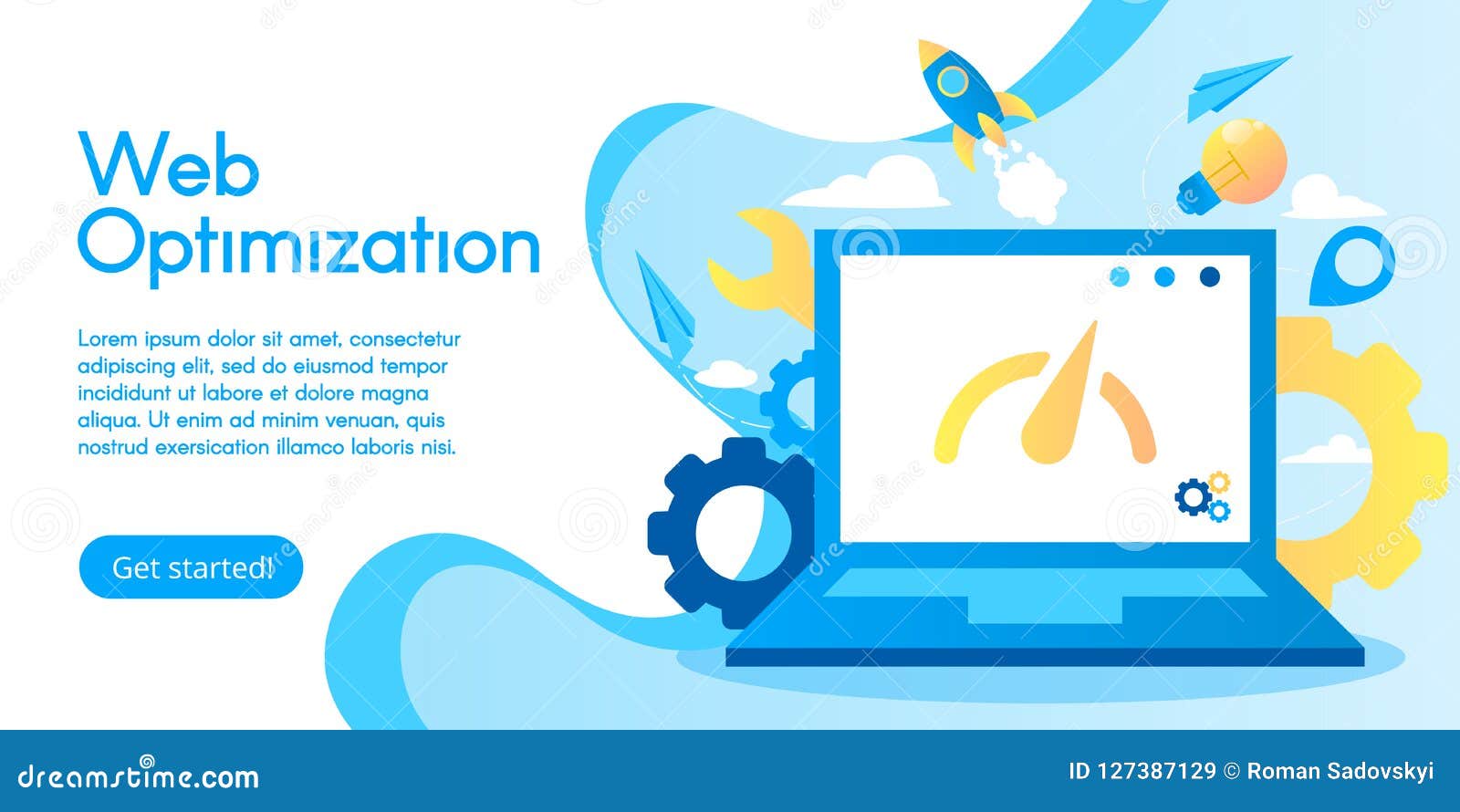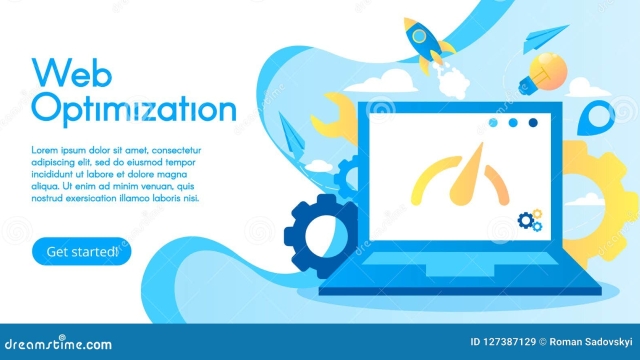Lead generation is an essential aspect of any successful business. It involves attracting and capturing potential customers’ interest in your products or services, and ultimately converting them into actual leads. In today’s digital age, where online presence is crucial for business growth, effective lead generation strategies have become more important than ever.
One key element of lead generation is website optimization. Your website serves as the online face of your business, and optimizing it for lead generation can significantly impact your conversion rates. By improving the navigation, load time, and overall user experience, you make it easier for visitors to engage with your content and take the desired actions. From compelling call-to-action buttons to user-friendly forms, every detail matters when it comes to optimizing your website for lead generation.
Another aspect worth exploring is the difference between demand generation and lead generation. While these terms are often used interchangeably, they represent different stages of the customer journey. Demand generation focuses on creating awareness and generating interest in your brand, whereas lead generation goes a step further to capture potential customers’ information and nurture those leads. Understanding this distinction can help you develop a holistic marketing strategy that effectively targets different stages of the buyer’s cycle.
Building brand awareness is also vital to successful lead generation. When potential customers are familiar with your brand, they are more inclined to engage with your content and consider your products or services. Utilize various digital marketing channels, such as social media platforms, content marketing, and email campaigns, to increase your brand’s visibility and reach a wider audience. By consistently providing valuable and relevant content, you can establish yourself as an industry authority and create a sense of trust with your potential leads.
In this article, we will delve into the ultimate guide to effective lead generation strategies, exploring website optimization, understanding the difference between demand and lead generation, and the importance of building brand awareness through digital marketing. By implementing these strategies, you can enhance your lead generation efforts and drive sustainable business growth. So, let’s dive in and uncover the secrets to attracting and converting high-quality leads for your business.
Website Optimization
In today’s digital age, having an optimized website is crucial for successful lead generation. A well-designed and user-friendly website can significantly enhance your chances of converting visitors into valuable leads. Here are some key website optimization strategies to consider:

-
Engaging User Interface: Your website’s design should captivate users and encourage them to explore further. Utilize visually appealing graphics, clear navigation menus, and concise content to create a seamless user experience. Remember, the longer visitors stay on your site, the greater the chance of capturing their contact information.
-
Responsive Design: With the widespread use of mobile devices, it’s essential to ensure your website is responsive and adapts to different screen sizes. A mobile-friendly site not only improves user experience but also boosts your search engine rankings. Invest in responsive design to maximize your lead generation potential.
-
Clear Call-to-Action: To generate leads effectively, strategically place clear and compelling calls-to-action (CTAs) throughout your website. Whether it’s a newsletter signup, a free trial offer, or a contact form, make sure your CTAs are prominent and communicate the value users will receive by taking action. A well-designed CTA can significantly increase the likelihood of visitors becoming leads.
By implementing these website optimization strategies, you can enhance your lead generation efforts and increase your chances of success. Remember to regularly analyze and assess the performance of your website to identify areas for improvement and maximize your lead generation potential. Stay tuned for the next section where we delve into the differences between demand generation and lead generation strategies.
Demand Generation vs Lead Generation
Demand generation and lead generation are two critical strategies in the realm of marketing. While they are interconnected, they have distinct goals and approaches. Understanding the difference between the two is essential for developing a comprehensive marketing strategy.
Demand generation focuses on creating awareness and interest in a product or service. It aims to generate broad consumer interest and stimulate curiosity. Through various tactics such as content marketing, social media campaigns, and SEO optimization, businesses seek to engage with potential customers and capture their attention. The goal of demand generation is to create a strong brand presence and build a foundation of trust and credibility.
On the other hand, lead generation is all about identifying and capturing potential customers who have demonstrated a specific interest in a product or service. The objective is to generate qualified leads, individuals or companies who are likely to be interested in making a purchase. Lead generation strategies may involve tactics like gated content, email marketing campaigns, and webinars. The goal is to gather valuable contact information from potential customers, allowing businesses to nurture these leads and guide them further down the sales funnel.
It’s important to note that while demand generation is about creating general awareness, lead generation focuses on identifying individuals who are more likely to convert into paying customers. Both strategies are essential components of a successful marketing plan, and striking the right balance between the two is vital for driving growth and achieving marketing objectives.
In the next section, we will explore the role of brand awareness in effective lead generation strategies.
Brand Awareness and Digital Marketing
In today’s competitive landscape, brand awareness plays a crucial role in the success of any business. It is the foundation of effective lead generation strategies. By leveraging digital marketing techniques, companies can significantly enhance their brand visibility and attract potential customers. In this section, we will explore the relationship between brand awareness and digital marketing.
Digital marketing offers a wide range of tools and channels to promote brand awareness. Through social media platforms, businesses can engage with their target audience, build a loyal following, and amplify their brand message. By sharing valuable content and interacting with users, companies can establish themselves as industry leaders and increase brand recognition.
Furthermore, website optimization plays a pivotal role in enhancing brand awareness. A well-designed and user-friendly website not only provides a positive user experience but also allows businesses to showcase their products or services effectively. Optimizing website content and ensuring its visibility on search engines can drive organic traffic, which in turn generates brand exposure and attracts potential leads.
While demand generation focuses on creating a need or desire for a product or service, lead generation focuses on capturing potential customers’ information. By incorporating digital marketing strategies into lead generation efforts, businesses can seamlessly combine brand awareness with lead generation tactics. For example, using targeted online advertisements or email marketing campaigns, companies can reach their intended audience and generate qualified leads.
In conclusion, brand awareness is an integral part of effective lead generation strategies. Through digital marketing initiatives such as social media engagement and website optimization, businesses can significantly enhance their brand visibility and attract potential customers. By combining brand awareness and lead generation efforts, companies can create a comprehensive approach to driving business growth.


